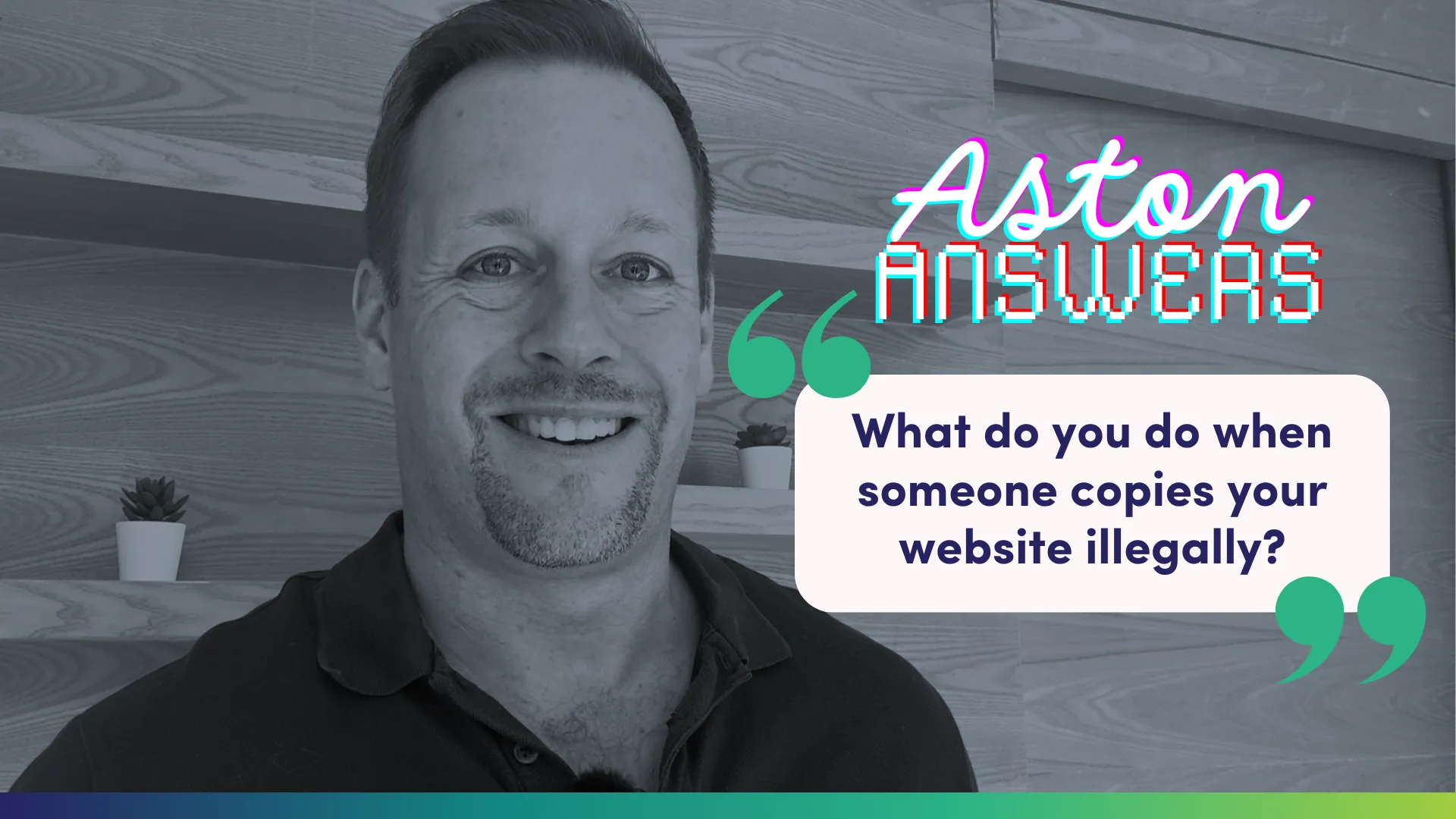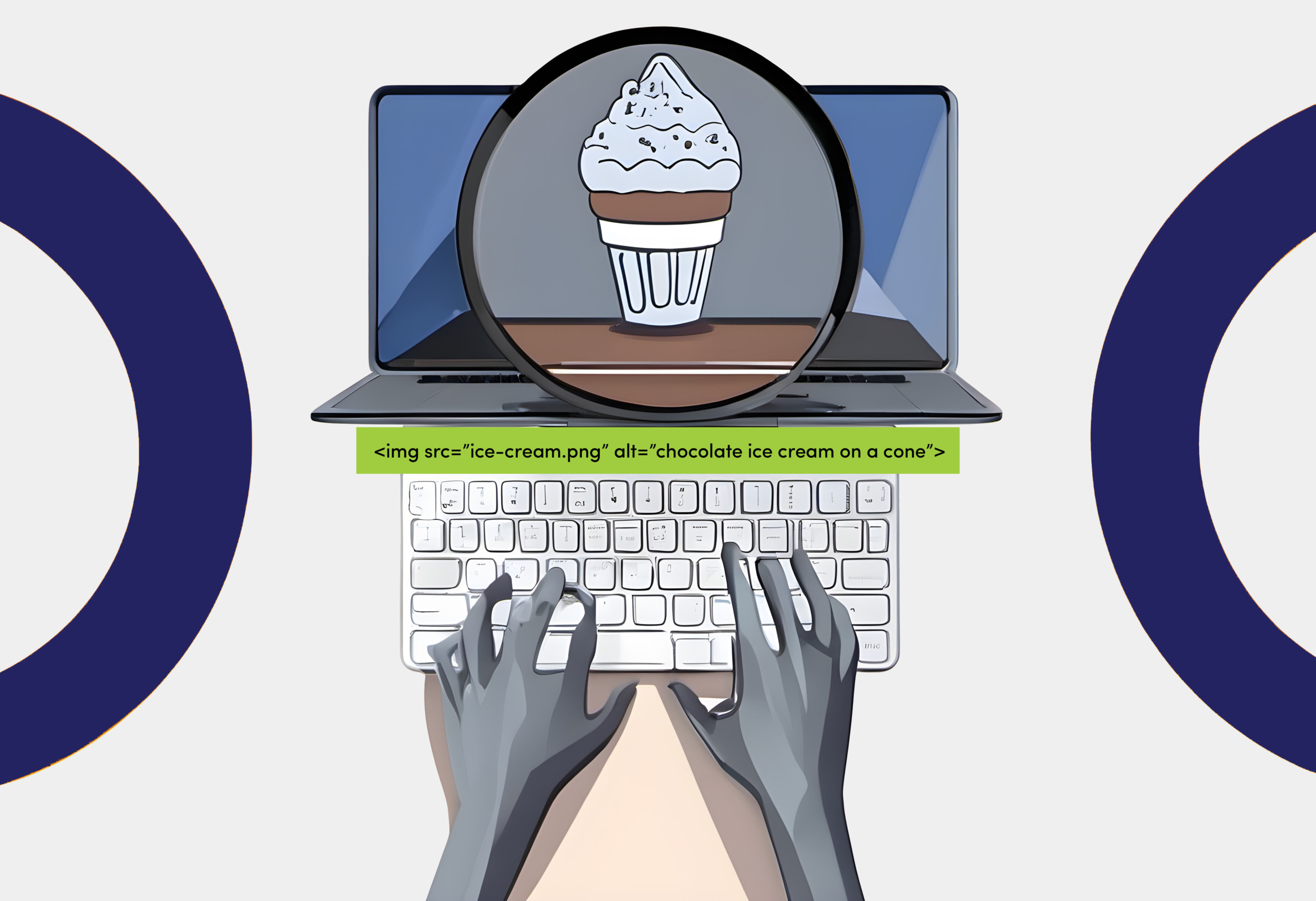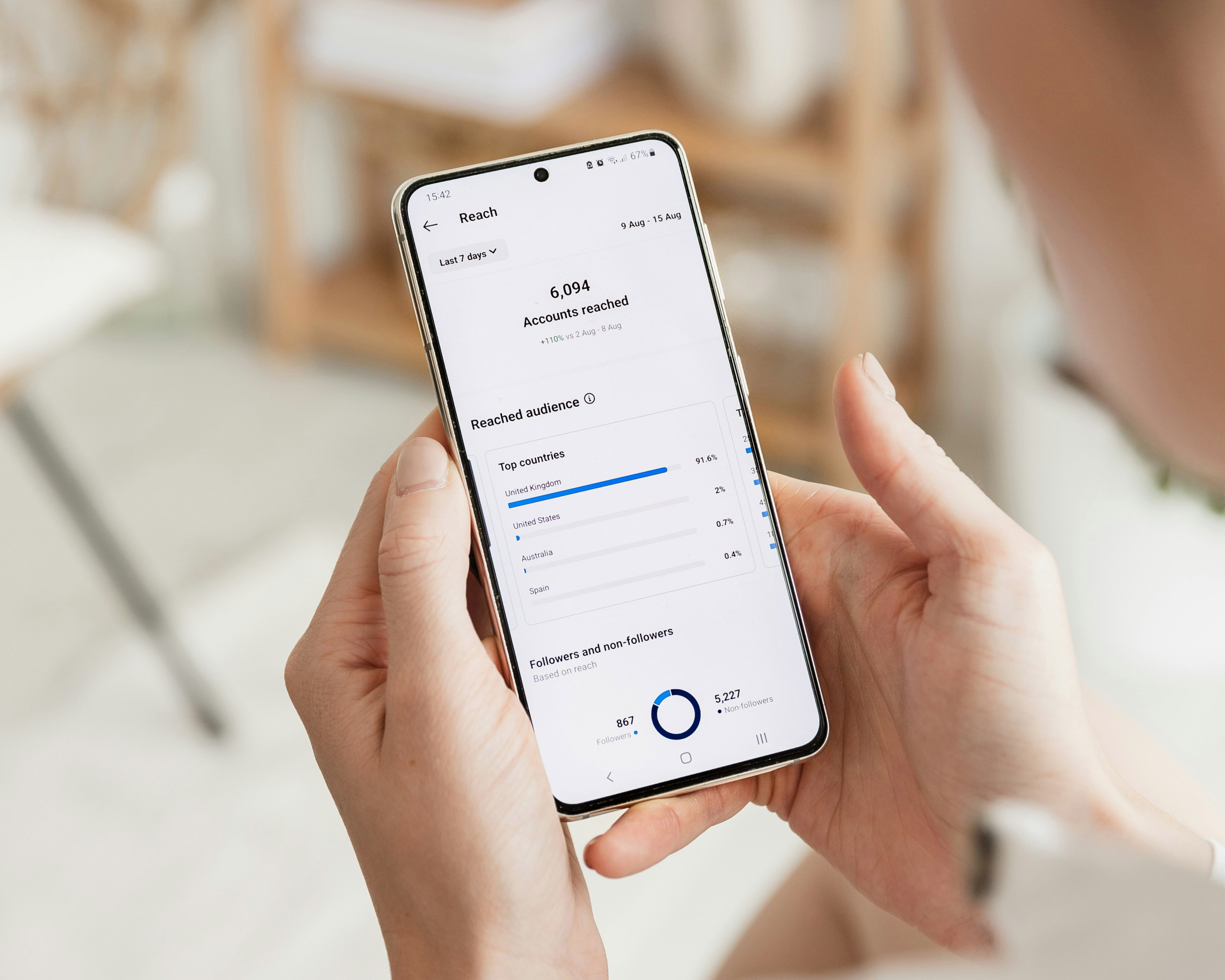It’s not your imagination – social media feels a little quieter these days. Posts that once racked up likes, comments and shares are now met with a polite silence. Marketers, brands and even meme accounts are feeling the slump.
This shift has a name: the Social Media Engagement Recession. But what exactly is it, why is it happening and how can brands adjust? Let’s break it down.
What is the Engagement Recession?
Let’s be clear: The recession isn’t about people leaving social media. In fact, usage is still high.
The issue is that audiences are far less responsive. The likes, reactions and conversations that once fueled online spaces are thinning out.
It’s like hosting a party where everyone shows up – but instead of dancing, they’re hanging out in the kitchen, half-engaged.
Where did the audience go?
The News Feed used to be the star of the show. Now it’s just background noise.
Instagram CEO, Adam Mosseri, says teens spend more time in DMs than Stories, and more time in Stories than in the feed. The spotlight has shifted from public spaces to private ones.
And it’s not just Instagram. Platforms like Discord, Telegram and Facebook Groups are exploding. In fact, Facebook Groups have more than 1.8 billion monthly users.
People are choosing smaller, safer spaces where they can connect without the noise of the feed.
Are users bored – or burned out?
Here’s the kicker: Audiences are still scrolling. They’re just not engaging.
Some call it boredom. Others point to content fatigue – the endless sea of sameness that makes everything blur together. Either way, attention is drifting.
Feeds have become wallpaper. Group chats are where the real action happens.

What does this mean for brands?
If you’re in marketing, this might sound like bad news: the most meaningful conversations are happening out of sight. Private chats, closed communities, invite-only servers.
But chasing your audience into these spaces isn’t always the answer. It can feel intrusive – like walking into a house party you weren’t invited to.
Instead, the smarter move is to ask: why did people leave the feed? And the answer is simple. People want genuine interaction, community and content that matters.
How to thrive in the Social Media Recession
The shift isn’t the end of social media – it’s a reset. Brands that adapt will come out stronger.
-
Be human: drop the polished jargon. Show personality and honesty.
-
Spark conversations: don’t just post and ghost. Ask questions, reply and engage back.
-
Narrow your focus: broad messaging blends into the noise. Speak directly to your niche.
-
Build community spaces: think private groups, exclusive content and interactive experiences.
-
Rethink metrics: forget vanity numbers. Smaller but deeper engagement is more valuable.
Take WhatsApp as an example. Ads are being introduced in the Status tab, and brands can now create Promoted Channels. In many parts of the world, WhatsApp isn’t just for chatting – it’s the news feed, the family group and the local marketplace all rolled into one. For brands, this creates fresh opportunities without invading personal messages.
So is the Social Media Engagement Recession real?
Absolutely it is, but it’s also not a death sentence for digital marketing. It’s a chance to reimagine it.
Audiences haven’t disappeared. They’ve just moved into different spaces, craving connection over noise and conversation over vanity likes.
The brands that win in this new era will be the ones that listen, adapt and bring authenticity back to the table.
The recession isn’t an ending. It’s a reset – and to be honest, maybe that’s exactly what social media needed.

When it comes to protecting your intellectual property (IP), it’s essential to understand the distinctions between copyright and trade marks, as each serves a unique purpose in safeguarding your creative and business assets.

If you’ve been following our tips to improve your website and social media accessibility, you will have seen us harp on about the importance of image alt [...]

Developing an inclusive website accessible to people with diverse abilities is not only best practice, but pivotal to user experience (UX). With 1-in-6 Australians living with a [...]

Did you know that after approximately 4 exposures to your ad, your conversions can drop by almost half? As Meta increasingly emphasises broad targeting, the effectiveness of [...]

This year has been challenging for both businesses and consumers, with rising cost-of-living pressures leading to shifts in retail habits. During these quieter times, it’s crucial to [...]

When it comes to protecting your intellectual property (IP), it’s essential to understand the distinctions between copyright and trade marks, as each serves a unique purpose in safeguarding your creative and business assets.

If you’ve recently created a paid campaign on Facebook (or Meta as it’s now known), you’ve probably noticed the platform is trying to skew you towards using [...]

The results from our Audience Intelligence Reports for Q2 have incited some interesting conversations amongst our team. For those of you who don’t know, our quarterly Audience [...]

If you’ve been following our tips to improve your website and social media accessibility, you will have seen us harp on about the importance of image alt [...]

Developing an inclusive website accessible to people with diverse abilities is not only best practice, but pivotal to user experience (UX). With 1-in-6 Australians living with a [...]

Blue brands cater to a diverse group of audiences from different backgrounds and levels of ability. For example, government agencies will often promote services, campaigns and ideas [...]

Low engagement on social media and broader digital channels has become an ongoing challenge for blue brands. While it’s easy to blame factors like algorithm changes, you [...]

One of the most common questions we hear from our clients, especially the B2C ones is, “How can we increase our engagement rate on Instagram?”. Instagram, in [...]

